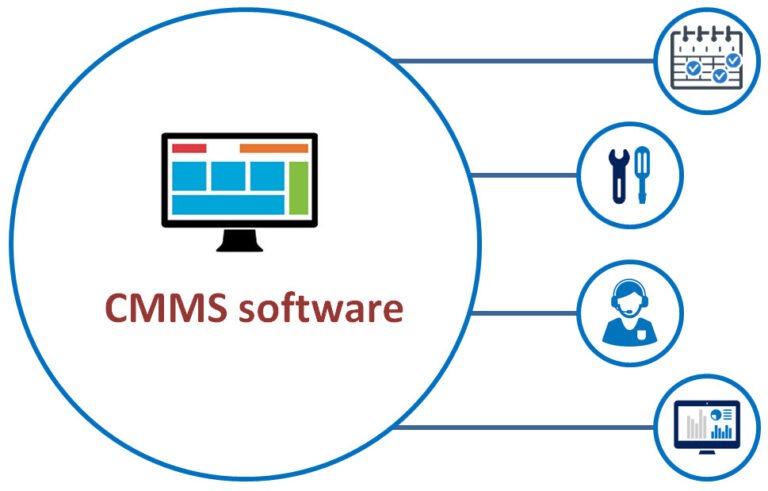Table of Contents
ToggleIn maintenance management, Computerized Maintenance Management System (CMMS) software has emerged as a transformative tool, streamlining operations and enhancing efficiency. Understanding the evolution of CMMS unveils a journey marked by innovation, adaptability, and the continuous quest for improved maintenance practices. Now delve into the key aspects of the evolution of the essential cmms software.
Genesis of CMMS
The inception of CMMS can be traced back to the transition from manual, paper-based maintenance management to computerized systems. Initially designed to digitize work orders and asset tracking, early CMMS paved the way for a more organized and accessible approach to maintenance tasks. This marked the first step in liberating maintenance professionals from the constraints of cumbersome paperwork.
Integration of Preventive Maintenance
As this software matured, a significant evolution occurred with the integration of preventive maintenance modules. This transformative shift allowed organizations to move from a reactive stance to a proactive approach, scheduling maintenance activities based on asset performance data. The software’s ability to forecast potential issues and prevent breakdowns became a cornerstone for optimizing asset lifespan.
Rise of Cloud-Based Solutions
With technological advancements, CMMS transcended traditional on-premises installations to embrace cloud-based solutions. This evolution not only provided accessibility anytime and anywhere but also eliminated the need for extensive IT infrastructure investments. Cloud-based CMMS empowered businesses with flexibility, scalability, and real-time collaboration, revolutionizing managing maintenance tasks.
IoT Integration
The Internet of Things (IoT) played a key role in reshaping CMMS by facilitating the integration of connected devices and sensors. This shifted from manual data entry to automatic, real-time data collection. The ability to gather and analyze data from various assets enabled maintenance teams to make informed decisions, enhancing predictive maintenance capabilities and overall operational efficiency.
User-Friendly Interfaces
As the software evolved, a focus on user-friendly interfaces became paramount. The shift towards intuitive designs and easy navigation democratized maintenance management, allowing non-technical users to participate in the system actively. This evolution fostered broader adoption across diverse industries and empowered users with varying technical expertise.
Mobile Accessibility
In recent years, the evolution of CMMS extended to mobile accessibility, transforming how maintenance professionals interact with the system. Mobile applications enable technicians to access work orders, update asset information, and perform tasks on the go. This level of mobility enhances responsiveness and facilitates quicker decision-making in the field.
Data Analytics Integration
A significant feature in this evolution is the integration of advanced data analytics. This empowers maintenance teams to derive valuable insights from historical data, trends, and performance metrics. By harnessing the potential of analytics, organizations can make informed decisions, optimize resource allocation, and fine-tune maintenance strategies for increased efficiency.
Integration with Enterprise Systems
Modern CMMS solutions have evolved to seamlessly integrate with enterprise strategies such as ERP (Enterprise Resource Planning) and EAM (Enterprise Asset Management). This ensures a cohesive workflow across departments, breaking down silos and fostering collaboration. The integration allows for a holistic approach to asset management, aligning maintenance activities with broader business objectives. In conclusion, the evolution of maintenance management, facilitated by cmms software, signifies a profound journey of adaptability and innovation. From its humble conceptions to the current era of cloud-based, IoT-integrated, and analytics-driven solutions, CMMS has continually adapted to meet the dynamic requirements of industries. As businesses navigate the complexities of asset management, CMMS software stands as a beacon, guiding them towards a future where maintenance is not just a task but a strategic driver of success. With features like advanced analytics and seamless integration with enterprise systems, CMMS is poised to continue revolutionizing maintenance practices, ushering in an era of enhanced efficiency and strategic asset management.




